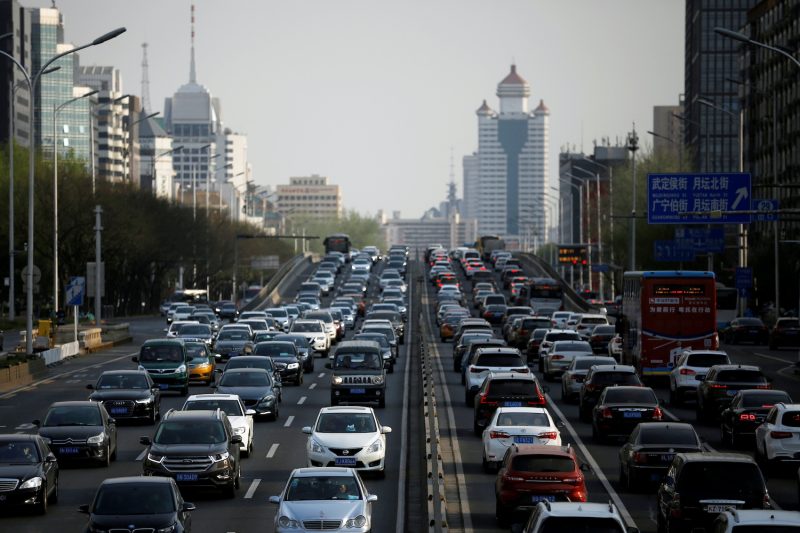China is set to axe its green car credit system and replace it a new arrangement focusing more on carbon emissions, industry executives say.
One option being considered is a carbon emissions trading scheme (ETS), the industry chiefs said, that would address concerns that the current system encourages electric vehicle (EV) production without addressing carbon emissions in general.
The current set-up, which will be in effect until 2023, was introduced in 2017. It gives automakers get credits for selling electric or fuel-efficient vehicles that can offset penalties on their more carbon-intensive models.
Also on AF: China’s Power Crunch Begins To Weigh on Economic Outlook
“[The replacement] is under discussions at ministries,” Xu Haidong, an official at China Association of Automobile Manufacturers (CAAM), confirmed at a briefing last month.
Any change to the system could significantly affect automakers’ product planning and technology development in China, where more than 25 million vehicles were sold last year, making it the world’s largest autos market.
The auto industry is not among the eight industries required to trade carbon emissions, but Chinese industry bodies have arranged for auto companies, including electric vehicle maker Tesla Inc to study the trading system, sources said.
Sanae Nuimura, vice-president at Honda China, said at an industry conference this month that the new system would be very important.
Chinese President Xi Jinping last year announced plans to raise the country’s Paris climate accord target, saying China would achieve a peak in carbon dioxide emissions before 2030 and carbon neutrality before 2060.
TRADING EXCHANGE
The China Society of Automotive Engineers (China-SAE) predicts carbon dioxide emissions from China’s auto industry to peak around 2028, and drop to 20% from that level by 2035, a projection widely shared by companies and government officials.
State-owned automaker GAC has said it would work with Guangzhou’s carbon trading exchange to design carbon accounts to promote trading.
Automakers in China, including Volkswagen, already require suppliers to use renewable energy and plant trees to meet government demand.
On commercial vehicles, policymakers are expected to roll out a separate credit system this year for truck and van makers, it was reported in April.
- Reuters with additional editing by Sean O’Meara
























